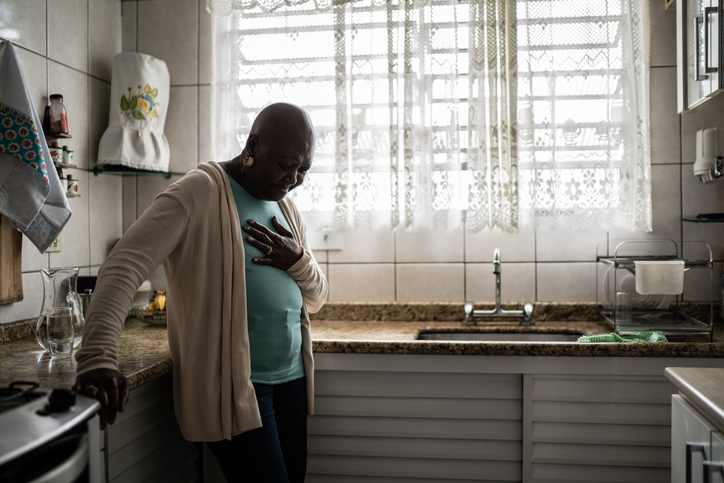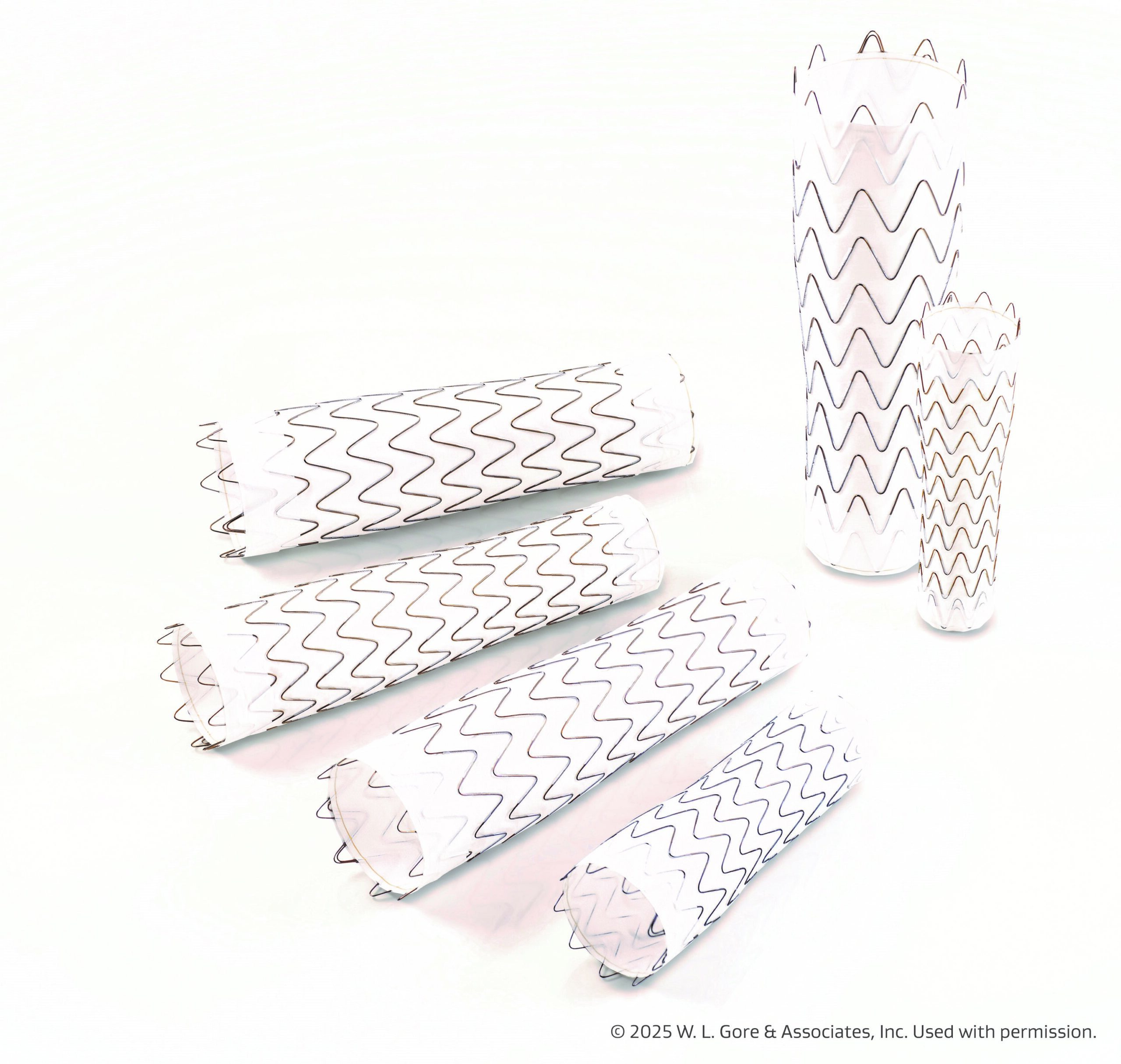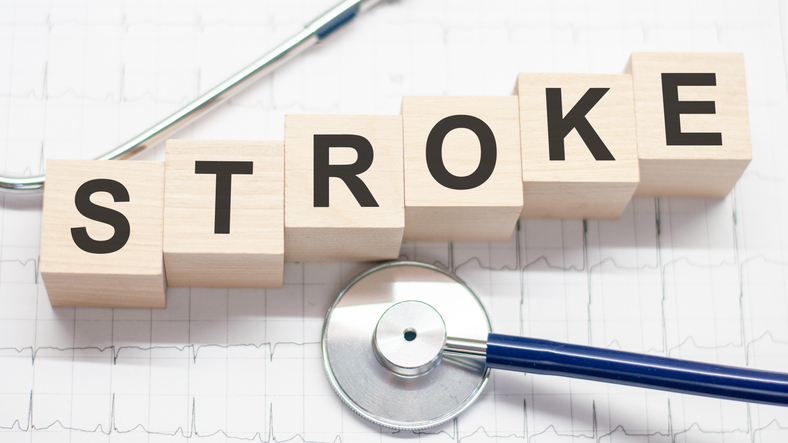
Cryoballoon or Radiofrequency Ablation for Repeat Procedures?
The study included 474 consecutive patients undergoing repeat ablation from the 1STOP Italian Project who received treatment with a different technique from the index procedure. There were 249 patients in the RF-the-CB group and 125 in the CB-then-RF group. There were more women in the RF-then-CB group versus the CB-then-RF group (21% vs. 30%), as well as more persistent AFib (33% vs. 22%), a longer duration of AFib (60 months vs. 31 months), and more hypertension (50% vs. 36%). According to the study results, the number of reconnected pulmonary veins was 3.7±0.7 in the RF-then-CB group compared with 1.4+1.3 in the CB-then-RF group (P<0.001). The authors reported significantly less AFib recurrence in the CB-then-Rf group (22% vs. 8%; HR=0.46; 95% CI, 0.24 to 0.92; P=0.025).The only identified independent predictor of AFib recurrence, according to the researchers, was cohort designation.
https://www.docwirenews.com/docwire-pick/afib-cryoballoon-or-radiofrequency-ablation-for-repeat-procedures/
–
Low COVID-19 Risk from Bystander CPR
“Our results have implications when considering the balance of risks and benefits of changes in out-of-hospital cardiac arrest resuscitation guidelines for bystander CPR,” the authors of this paper wrote in their study, published in Circulation, continued. “The balance depends on risk of COVID-19 transmission from infected patients and the disease’s prevalence among all out-of-hospital cardiac arrests. Experts question whether chest compressions are a high-risk aerosolizing procedure, especially given bystander CPR is typically provided in only a few minutes. Less than 5% of 121 exposed health care workers without PPE developed symptomatic COVID-19 following intensive care for an infected patient.”
https://www.docwirenews.com/cardiology/bystander-cpr-covid-19-out-of-hospital-cardiac-arrest/
–
Calorie Info on Menus Could Save Lives and Money
According to this analysis, the researchers estimate that between 2018 and 2023, the implementation of restaurant calorie labeling laws based on consumer response alone could prevent 14,698 new CVD cases (and 1,575 CVD deaths) and 21,522 new cases of type 2 diabetes mellitus, resulting in a gain of 8,749 quality-adjusted life years. Over a lifetime, these estimates increased to 135,781 cases of CVD prevented (and 27,646 CVD deaths), more than 99,000 prevented cases of type 2 diabetes mellitus, and over 367,000 quality-adjusted life years gained. They also estimated net lifetime health care cost savings of $10.42 billion and $12.71 billion from a social cost perspective.
https://www.docwirenews.com/docwire-pick/calorie-information-on-menus-can-lead-to-lower-cvd-incidence-care-costs/
–
Black Smokers Have Twice the Stroke Risk as Nonsmokers
After adjustment for cardiovascular risk factors, thus study showed that current black smokers were at a significantly higher risk for stroke than never-smokers (HR=2.48; 95% CI, 1.60 to 3.83), while there was no significant difference between former smokers and never-smokers (HR=1.10; 95% CI, 0.74 to 1.64). Those who smoked more intensely (20 or more cigarettes per day) had the highest risk for stroke (HR=2.78; 95% CI, 1.47 to 5.28) than less intense smokers (HR=2.28; 95% CI, 1.38 to 3.86), who still had twice the risk for stroke than never-smokers. “Our findings support public health initiatives directed toward smoking cessation, especially among vulnerable groups like African Americans,” Adebamike Oshunbade, MD, MPH, lead study author and post-doctoral research fellow at the University of Mississippi Medical Center in Jackson, Mississippi, and fellow of the American Heart Association Tobacco Regulation and Addiction Center, said in a news release.
https://www.docwirenews.com/docwire-pick/cardiology-picks/stroke-risk-black-smokers-non-smokers-jackson-heart-study/







 © 2025 Mashup Media, LLC, a Formedics Property. All Rights Reserved.
© 2025 Mashup Media, LLC, a Formedics Property. All Rights Reserved.